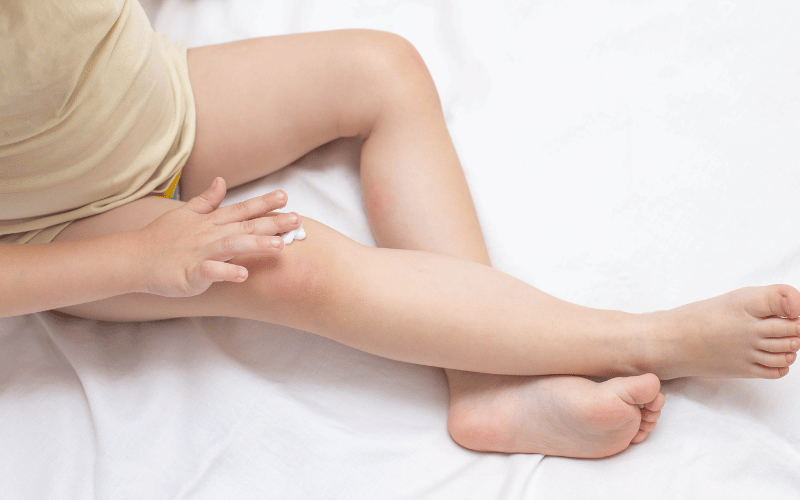Symptom 8: Pale Skin

Complexion changes in children can sometimes be subtle, yet they can indicate underlying issues. When a child’s skin starts to appear pale or ashen, especially when associated with intussusception, it’s a reflection of the internal physiological changes happening within their body. Recognizing this can lead to a more precise diagnosis and prompt treatment.
The skin is a window to our circulatory system. Paleness can arise when there’s reduced blood flow or oxygenation. In the case of intussusception, the telescoped segment of the intestine can compromise circulation, leading to this visible change. It’s not just about the overall skin tone; there might be specific areas, like the lips or under the eyes, where the paleness is more pronounced.
Another observation might be the temperature of the skin. Due to compromised circulation, the child might feel cold to the touch, especially their hands and feet. This chilliness, combined with the paleness, paints a picture of internal distress that needs to be addressed.
Furthermore, if you were to press the skin gently, you might notice that it takes longer for color to return. This phenomenon, called prolonged capillary refill, is another sign of reduced blood flow. While it’s a subtle sign, in the larger context, it adds to the evidence pointing towards intussusception.
Always trust your observation skills and instincts. If you feel your child’s complexion has changed, especially if associated with other symptoms like abdominal pain or lethargy, it’s essential to consult a healthcare professional. They can provide a comprehensive evaluation and guide the next steps in care. (8)